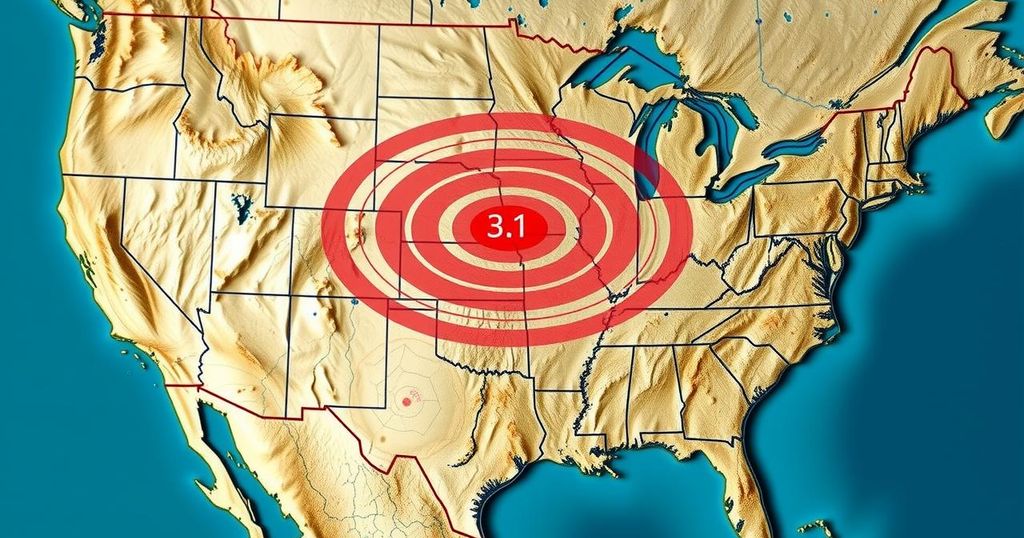A 3.1-magnitude earthquake struck California on January 6, centered in Petrolia. This follows a series of earthquakes in the area, including a recent 6.2-magnitude quake in El Salvador. The National Weather Service issued a tsunami warning for the San Francisco Bay Area, advising residents to evacuate to higher ground.
On January 6, 2025, a 3.1-magnitude earthquake was registered in California, specifically centered in Petrolia at a depth of 2.0 kilometers (approximately 1.2 miles), as reported by the United States Geological Survey (USGS). This seismic event followed the occurrence of a 6.2-magnitude earthquake in El Salvador the previous day. The USGS indicated that there was at least one report of individuals feeling the tremors at the time of publication.
In recent weeks, Petrolia has experienced several notable seismic activities, including a 3.6-magnitude earthquake on January 3, detected at a depth of 3.6 kilometers (about 2.3 miles), alongside a 3.2-magnitude aftershock occurring shortly after. Additionally, a significant 7.0-magnitude earthquake was recorded in the same region on December 5, accompanied by a depth of 0.6 kilometers (approximately 0.37 miles). A tsunami warning was issued for the San Francisco Bay Area by the National Weather Service in response to the latest earthquake.
The advisory urged residents to evacuate to higher ground or move inland for their safety, highlighting the potential danger associated with seismic activity. A previous earthquake on December 15 had measured 5.4 magnitude, also centered in Petrolia, at a depth of 10 kilometers (about 6.2 miles). These recurring seismic events underline the region’s vulnerability to earthquakes and the ongoing monitoring efforts by geological agencies.
Earthquakes are a common occurrence in California due to its geological conditions and tectonic plate movements. The United States Geological Survey plays a crucial role in monitoring seismic activity and providing timely updates on earthquake events. Petrolia has been identified as a particularly active zone, experiencing a series of earthquakes over the past month, indicating increased seismicity in the area.
In conclusion, the recent 3.1-magnitude earthquake in Petrolia, California, is part of a series of seismic events that have raised concerns for local residents. The USGS continues to monitor these developments, and the issuance of tsunami warnings underscores the potential hazards these earthquakes present. With multiple significant tremors occurring in close succession, it is imperative for residents to stay informed and prepared for possible further seismic activities.
Original Source: www.iheart.com






